Transcoding 4K Media on the QNAP TVS-672XT NAS Media Server?

Transcoding on a NAS such as the QNAP TVS-672XT device is the ability for a multimedia file to be changed from it’s existing format or codec to one that is better suited to the destination device. In this file access, the QNAP TVS-672XT NAS is the host device and the device you want to play the file is the client. This is the case of whether you are using Plex or not. Transcoding is typically required when a media file is more recently released than the client device that is accessing it, so the newer compression or playback format is unknown to the device you want to access it with. Alternatively, you want to access the movie or music on your QNAP TVS-672XT and do not want to use the original file in its full size. Transcoding can enable you to stream a much smaller version in weight or resolution if needed. IN a popular program such as video station, smooth playback is essential, and with the NAS media server application on the QNAP TVS-672XT NAS using a larger percentage of CPU and Memory than most programs, it is very useful to know the transcoding abilities of any NAS.
Why should you factor transcoding with a NAS Media Server on a QNAP TVS-672XT

When you install a NAS Media Server on your QNAP TVS-672XT, you should know a NAS server is not the answer to all of your media prayers. It has some limitations and depending on the NAS you use, these limits can be annoying. You will most likely have media files in a large collection of different formats and there is no guaranteeing that these are going to be compatible with TVs, iPads and Smartphones that you wish to watch them on. Although you will have a version of the media streaming app on the viewing device, that app will still be locked to playback the supported media types on that device.
So if your phone does not support.MKV or .MOV, then neither does the native app you installed on it. However, this is where transcoding comes in again, as the media server will use the NAS system resources to change the file to a version/format that it CAN play. This is not the end of the world, as it will use raw system power to do this. The result is that where a regular transcode outside of plex will use 20-30%, in plex it could go as high as 70-80%. This is why it is important to know how well a NAS will transcode without using the popular Plex app, as if it will happen regularly, it could potentially slow down the general use of your QNAP TVS-672XT NAS.
Which Video Station supported client devices require transcoding from the QNAP TVS-672XT NAS
Destination devices range greatly and are often referred to as the client device. Common client devices that your QNAP TVS-672XT device will be accessed by are often:

- iPad or Android Tablet
- iPhone or Android Smartphone
- Smart TV or DLNA supported monitor
- Macbook, Laptop or Netbook device
- Sound systems such as Bose, Sonos and Sony DLNA systems
- Home Theatre Systems
- Network and internet-enabled gaming consoles such as PS4, Xbox One and Nvidia Shield
Transcoding between a QNAP TVS-672XT and your media can be of tremendous benefit for those with limited internet bandwidth, download limits or low powered devices whilst using the native nas client application.
What are the Specifications of the QNAP TVS-672XT NAS?
The specifications for the QNAP TVS-672XT NAS are below and like all NAS devices, the CPU and Memory play a big part in how well it performs at transcoding both in and out of NAS media Transcoding The key factors to consider are if the device features an x86 or ARM-based CPU, does the QNAP TVS-672XT CPU feature a transcoding engine and how much RAM the device arrives with for multiple transcoding tasks. Below are the QNAP TVS-672XT specs:
What is the difference between H.264 and H.265 4K Media on a NAS
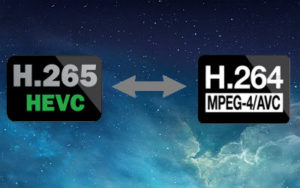
H.264 and H.265 are common codecs of modern digital media. H264 is also referred to as AVC by experts (Advanced Video Coding) and is considered the standard for video file compression. This allows for media originally created for large-scale entertainment to be recording, compressed, and distributed to the home and smaller scale production of digital video content watched by you, the consumer via video station.
H265 is the newer and more consumer-friendly alternative to H264. It is also known as HEVC (High-Efficiency Video Coding) and was developed in order resolve issues of enormous 4K media files being just too large for your client device to playback. H.265 has become so popular and data saving that chances are that the YouTube clip, iTunes media or iPlayer content you watched was in .265 and HEVC. Typically a modern NAS such as the QNAP TVS-672XT will playback with JUST H.265 or it will PLayback both H.264 and H.265. The latter pretty much being exclusive to x86 or AMD based NAS CPU devices.
The QNAP TVS-672XT NAS 4K H.265 8-bit 30fps 46Mb/s Test 1- How well does it perform?
We pushed the QNAP TVS-672XT NAS to transcode a 4K H265 media file through the native media server application. It was an 8-bit recording, running at 30 frames per second and featured a bitrate of 46 megabits per second. The QNAP TVS-672XT playback results were:
The QNAP TVS-672XT NAS 4K H.265 8-bit 25fps 38Mb/s Test 2 – How well does it perform?
Next, we pushed the QNAP TVS-672XT NAS to transcode a 4K H265 media file through video station media server application. It was an 8-bit recording, but this time running at 25 frames per second and featured a bitrate of just 38 megabits per second. The QNAP TVS-672XT playback results were:
The QNAP TVS-672XT NAS 4K H.264 8-bit 30fps 51Mb/s Test 3 – How well does it perform?
Next, we pushed the QNAP TVS-672XT NAS to transcode a 4K H264 this time, the media file was an 8-bit recording, but this time back at 30 frames per second and featured a bitrate of 51 megabits per second, our highest yet. The QNAP TVS-672XT playback through the NAS branded media server application results were:
The QNAP TVS-672XT NAS 4K H.265 10-bit 30fps 38Mb/s Test 7 – How well does it perform?
We then ran a much denser H.265 4K file on the QNAP TVS-672XT. This H265 file through the NAS media server application was another 10-bit recording, at 30fps but this time with a much higher bitrate of 38 megabits per second. The QNAP TVS-672XT playback results were:
The QNAP TVS-672XT NAS 1080p H.264 8-bit 24fps 13Mb/s Test 16 – How well does it perform?
In order to validate the earlier tests, we then switched back to 1080p/HD briefly as we could test an older h264 mp4 file via the NAS media server application on the QNAP TVS-672XT. This 2014 made media file type was pretty high spec back then and below we can see how the QNAP TVS-672XT dealt with the 8-bit file at 24frames per second via the NAS with transcoding enabled.
The QNAP TVS-672XT NAS 1080p H.264 8-bit 24fps 40Mb/s Test 17 – How well does it perform?
For test 17 we wanted to check that the file used in test 16 was not just a fluke, so we found the exact file, at the same frames per second, file format (mp4), in 1080p and in h.264 type – however, this file was THREE TIMES the bitrate. So, the same as before but denser. We can then see a direct comparison between them and how bitrate effects native media server transcoding on the QNAP TVS-672XT NAS.
The QNAP TVS-672XT NAS 4K H.265 10-bit 30fps 40Mb/s Test 18 – How well does it perform?
Satisfied with our testing 1080p, we decided to focus on 4K Media for this last three tests (Test 18, 19 and 20) as we wanted to introduce the same media file, but each time change just one variable, to see how the video station media server application on the QNAP TVS-672XT NAS coped. In all three tests, we used a 10bit 4K H.265 Media file. But in test 18 we used the lowest bitrate, at 40Mb/s. Here is how video station on the NAS transcoded.
The QNAP TVS-672XT NAS 4K H.265 10-bit 30fps 90Mb/s Test 19 – How well does it perform?
Next, we took that exact media file and this time used a version that was more than double the bitrate than test 18 (90Mb/s > 40Mb/s). The results for native transcoding on the QNAP TVS-672XT NAS were different in both test but not vastly. This could be down to the QNAP TVS-672XT hardware, or the fact the 2nd file needed to be a .MKV file for this bitrate. Take a look.
The QNAP TVS-672XT NAS 4K H.265 10-bit 60fps 73Mb/s Test 20 – How well does it perform?
In test 20, I was starting to get sick of this file! So, I decided to keep a nice high bitrate version at 73Mb/s BUT then use a ramped up version at 60FPS. Sadly this file was only available in .MP4 rather than the .MKV that was used in test 18 and 19, so hopefully, this does not undermine my QNAP TVS-672XT transcoding tests. Never the less this heavy h.265 4K file was punishing to the QNAP TVS-672XT NAS, or indeed ANY NAS.
The QNAP TVS-672XT NAS 720P H.265 8-bit 24fps MKV PLEX Test 21 – How well does it perform?
In order to start the testing on the QNAP TVS-672XT NAS properly, I started with a relatively modern and regular 720p resolution file. I did throw a few curveballs into the mix with an MKV file. Aside from that, this media file is fairly representative of the larger than average files you will encounter from time to time when choosing media taht is suitable for both larger and smaller devices. With the QNAP TVS-672XT plex media server, I was able to software transcode the file down to a manageable 480p (I wouldn’t dip below this on modern mobile devices unless you are on a strict data package). Though it did the job, the CPU use definitely was hogged by the QNAP TVS-672XT, as seen below:
Test File Type
- 720p Resolution
- HEVC Codec
- 24FPS Frame Rate
- 8 Bit Depth
- h.265 Compression
- MKV File Container
- 24p Video Frame Rate
The QNAP TVS-672XT NAS 1080P H.264 8-bit 24fps MP4 PLEX Test 22 – How well does it perform?
After giving the QNAP TVS-672XT an easier file, I ramped the difficulty right back up again with another H.264 media file that was at 40MB/s bitrate and at 1080p resolution – I wanted to see if the earlier results were a fluke and to see how the QNAP TVS-672XT handles this heavier file. There was a noticeable change in CPU use, but the results bore similar results to before.
Test File Type
- 1080p Resolution
- HEVC Codec
- 24FPS Frame Rate
- 40MB/s Bitrate
- 8 Bit Depth
- h.264 Compression
- MP4 File Container
- 24p Video Frame Rate
I hope these Plex Media Server 4K results were of use to you and this helps you consider which NAS you wish to you buy in 2018, whether it is the QNAP TVS-672XT or something more or less suited to your needs.
📧 SUBSCRIBE TO OUR NEWSLETTER 🔔🔒 Join Inner Circle
Get an alert every time something gets added to this specific article!
This description contains links to Amazon. These links will take you to some of the products mentioned in today's content. As an Amazon Associate, I earn from qualifying purchases. Visit the NASCompares Deal Finder to find the best place to buy this device in your region, based on Service, Support and Reputation - Just Search for your NAS Drive in the Box Below
Need Advice on Data Storage from an Expert?
Finally, for free advice about your setup, just leave a message in the comments below here at NASCompares.com and we will get back to you. Need Help?
Where possible (and where appropriate) please provide as much information about your requirements, as then I can arrange the best answer and solution to your needs. Do not worry about your e-mail address being required, it will NOT be used in a mailing list and will NOT be used in any way other than to respond to your enquiry.
Need Help?
Where possible (and where appropriate) please provide as much information about your requirements, as then I can arrange the best answer and solution to your needs. Do not worry about your e-mail address being required, it will NOT be used in a mailing list and will NOT be used in any way other than to respond to your enquiry.

|
 |
Minisforum N5 Pro NAS - Should You Buy?
UGREEN DH4300 & DH2300 NAS Revealed - Good Value?
Aoostar WTR Max NAS - Should You Buy?
Xyber Hydra N150 NAS Review - Is This COOL?
Minisforum N5 Pro vs Aoostar WTR Max - The BIG Showdown
Do MORE with Your M.2 Slots - GREAT M.2 Adapters!
Access content via Patreon or KO-FI


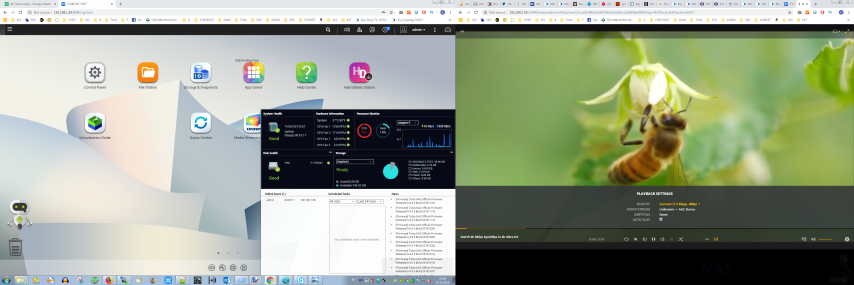
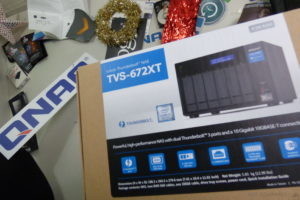


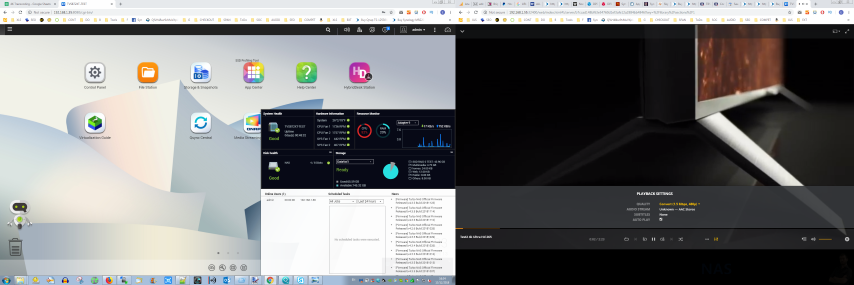
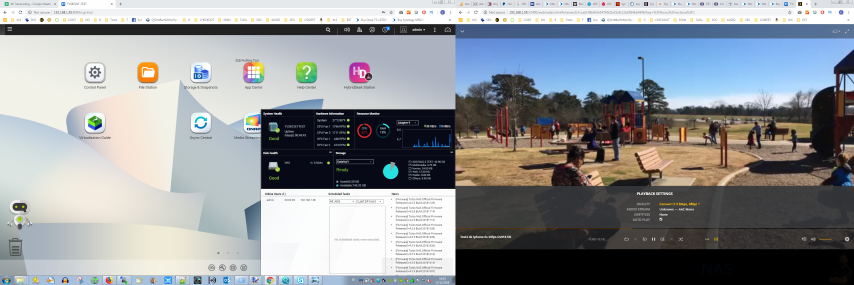
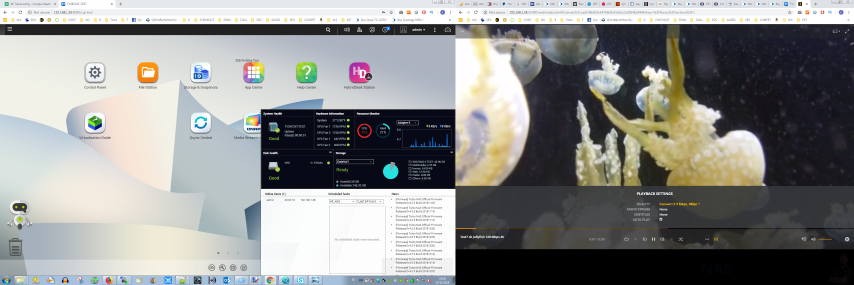
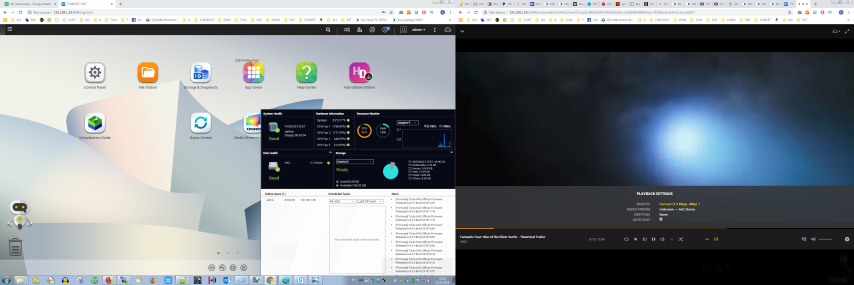

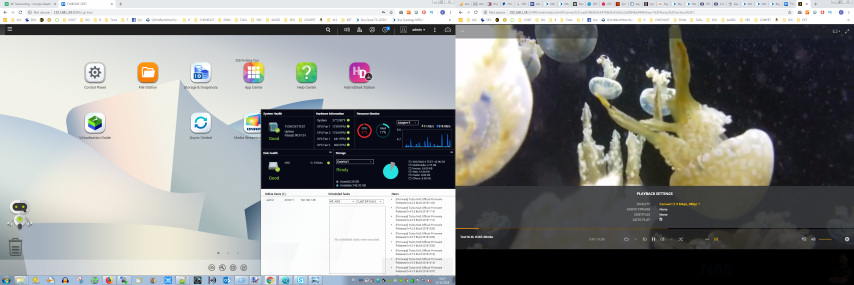
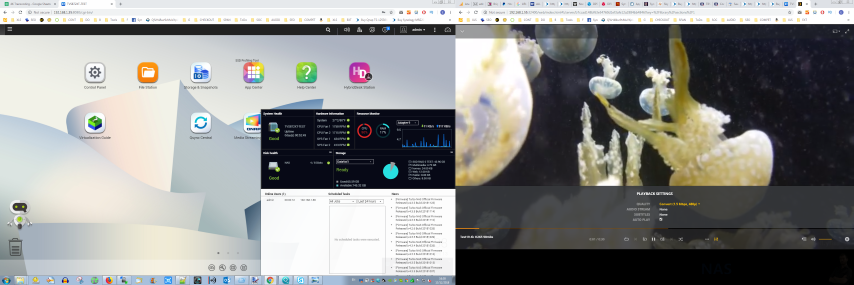
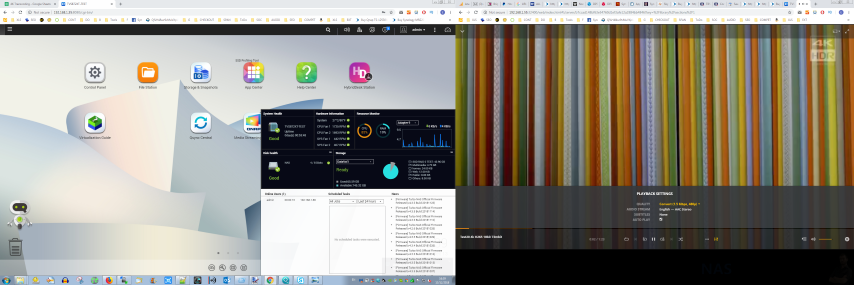
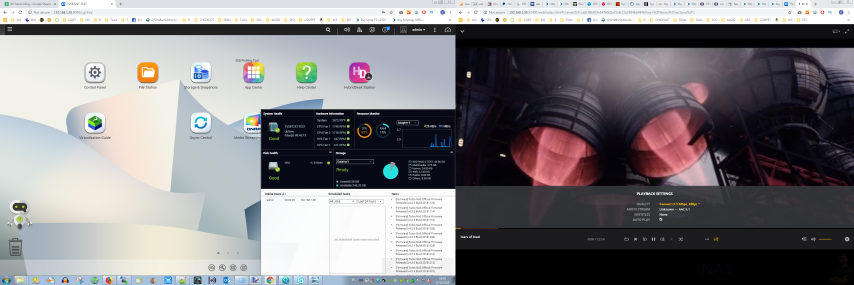
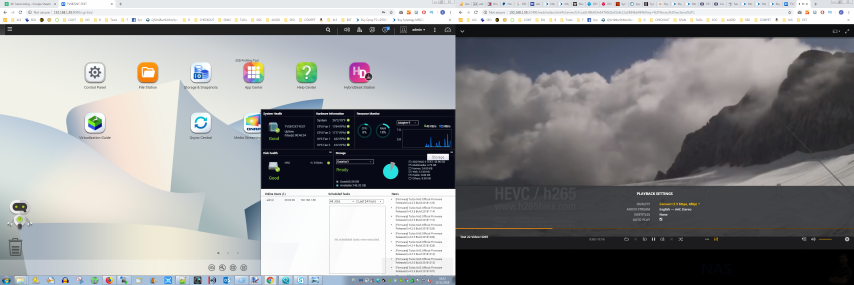



DISCUSS with others your opinion about this subject.
ASK questions to NAS community
SHARE more details what you have found on this subject
CONTRIBUTE with your own article or review. Click HERE
IMPROVE this niche ecosystem, let us know what to change/fix on this site
EARN KO-FI Share your knowledge with others and get paid for it! Click HERE